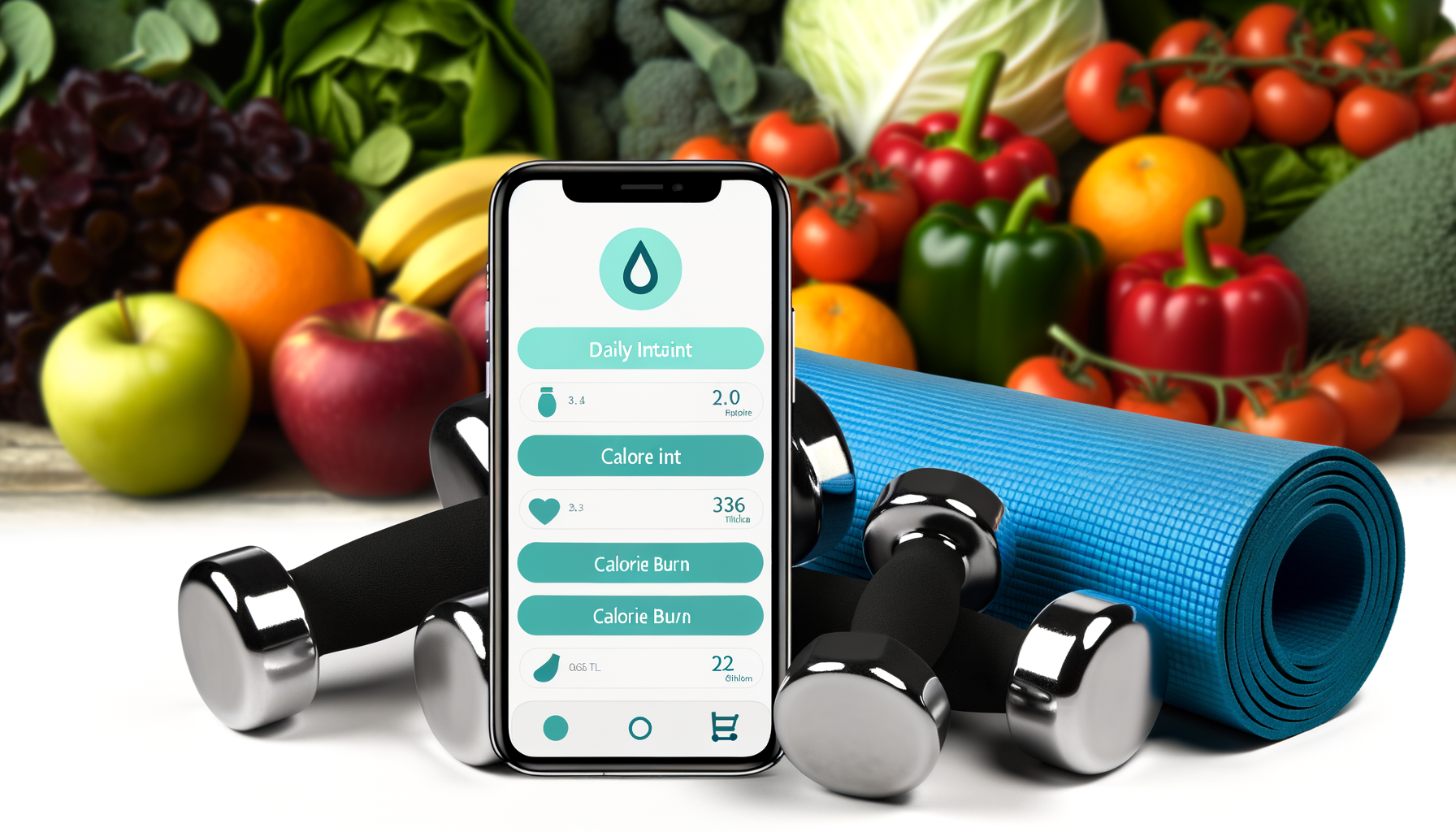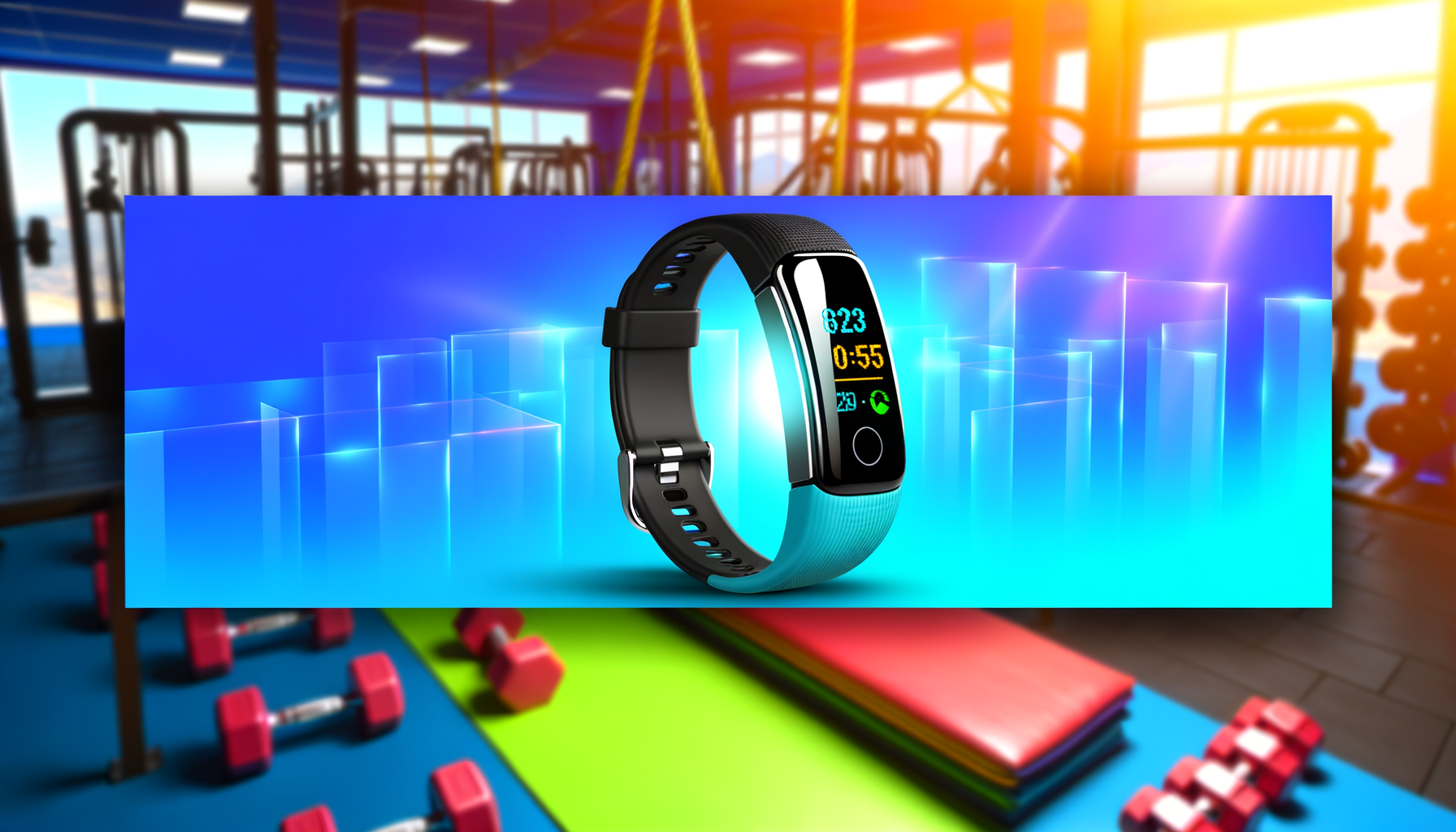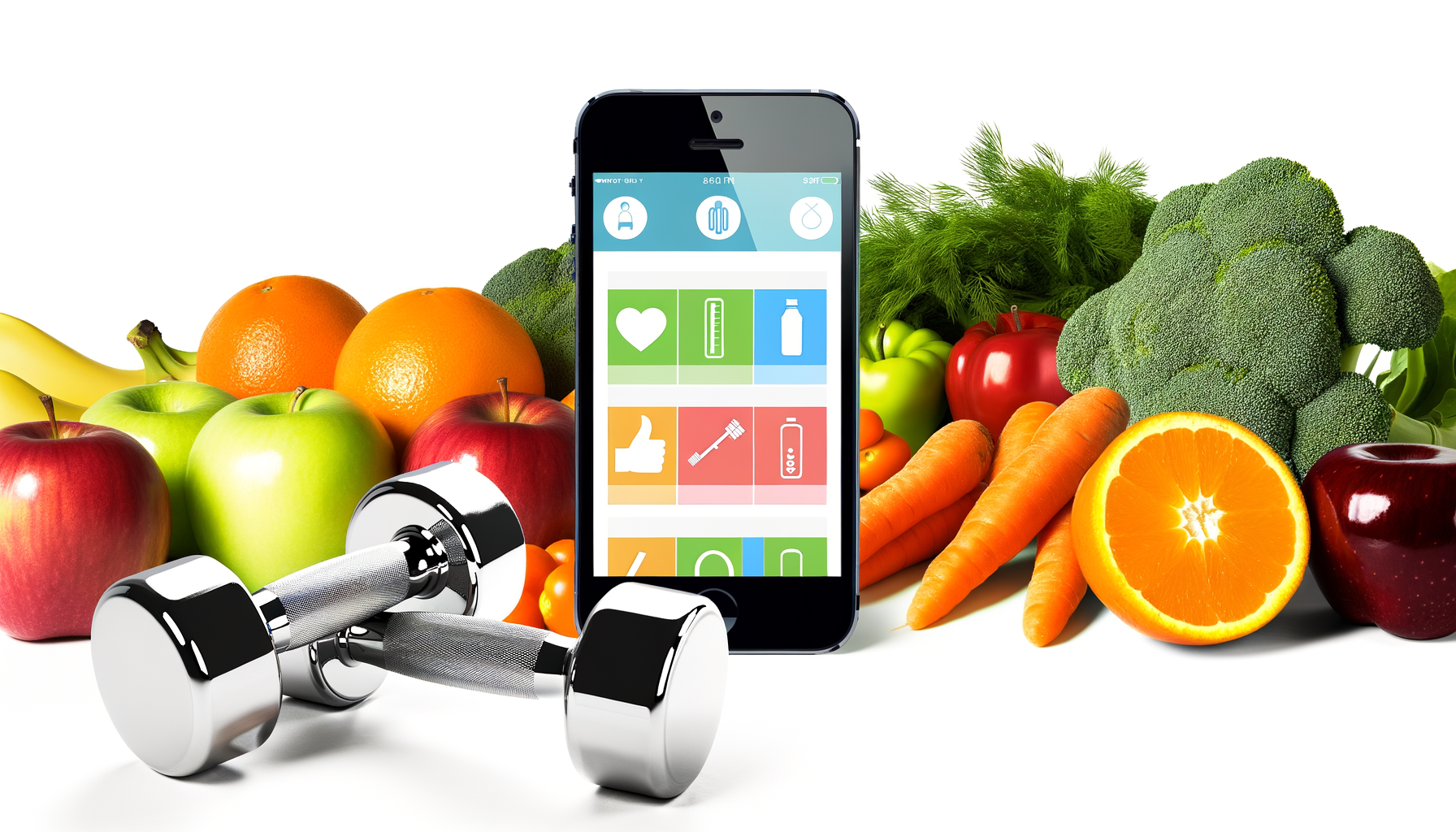How to Integrate Calorie Tracking with Wearable Fitness Devices
Enhancing Fitness Routines with Wearable Devices and Calorie Tracking
In the modern era of fitness, wearable devices have become an indispensable tool for tracking various aspects of physical activity and health. One of the key features of these devices is their ability to estimate calorie expenditure, which can be crucial for individuals aiming to manage their weight or optimize their nutrition plans. This post will delve into the integration of calorie tracking with wearable fitness devices, exploring their benefits, limitations, and practical applications.
Benefits of Using Wearable Devices for Calorie Tracking
Wearable devices offer several advantages when it comes to tracking calories and other fitness metrics. Here are some of the key benefits:
Constant Feedback: Wearable devices provide continuous feedback on calorie expenditure, which can serve as a powerful motivator. Studies have shown that individuals who use fitness trackers are more likely to reach their fitness goals due to this constant accountability.
Goal Setting and Achievement: Many wearable devices incorporate behavioral change techniques such as goal setting, self-monitoring, and rewards. These features help users set and achieve their fitness goals, enhancing long-term adherence to exercise and physical activity recommendations.
Social Support: Some wearable devices offer social features that allow users to connect with friends, family, or online communities. This social support network can further enhance motivation and accountability, making it easier for users to stick to their fitness routines.
How Wearable Devices Estimate Calorie Expenditure
The process of estimating calorie expenditure by wearable devices involves several steps and variables. Here’s a breakdown of how it typically works:
Resting Energy Expenditure: Devices estimate calories burned at rest based on basic anthropometric and demographic characteristics such as age, height, weight, sex, and body composition.
Activity-Based Estimation: Additional calories burned during day-to-day activities and exercise are estimated using technologies like accelerometry, GPS, and heart rate data.
Algorithmic Calculations: Each company has its proprietary algorithm to combine these data points and provide an estimate of total daily energy expenditure.
Limitations of Wearable Devices in Calorie Tracking
Despite their utility, wearable devices have some significant limitations when it comes to accurately tracking calorie expenditure:
Inaccuracy in Energy Expenditure Estimates: Studies have shown that wearable devices can have substantial errors in estimating energy expenditure. For example, the Apple Watch 6 had a mean absolute percentage error of 14.9% during running, while the Polar Vantage V had an error of 34.6% during resistance exercises.
Lack of Standardization: There is a lack of standardization in validation metrics and algorithms used by different devices, leading to inconsistent results.
Dependence on User Data: The accuracy of calorie tracking also depends on the quality of user data input, such as correct weight and height measurements.
Integrating Wearable Devices with Nutrition Apps
For a more comprehensive approach to fitness, integrating wearable devices with nutrition apps can be highly beneficial. Here’s how it works:
Automatic Logging: Many wearable devices can integrate with nutrition apps like MyFitnessPal and Lifesum, allowing users to log meals, snacks, and water intake without manual entry.
Personalized Recommendations: These apps provide personalized nutrition guidance and diet recommendations based on the user’s activity levels and calorie expenditure data from the wearable device.
Advanced Metrics: Some devices, like the HEALBE GoBe2, use bioimpedance sensors to automatically track calorie intake, body hydration, and stress levels, offering real-time nutrition and hydration insights.
Practical Applications and Case Studies
Several gyms and fitness centers have successfully integrated wearable devices into their programs to enhance member engagement and retention:
Hosting Seminars: Gyms can host seminars to educate members about the benefits of wearable fitness technology and how to choose the right device for their needs.
Customized Workouts: Personalized workouts and challenges can be created based on wearable device data, setting targets for calories, steps, or workout length.
Leaderboards and Competitions: Setting up leaderboards and friendly competitions based on wearable device metrics can foster a sense of community and motivate members to push harder during their workouts.
Integration with Gym Management Software: Integrating wearable fitness metrics with gym management software can provide valuable insights into session performance and enhance member engagement.
Conclusion and Next Steps
While wearable devices offer significant benefits in tracking calorie expenditure and enhancing fitness routines, it’s important to be aware of their limitations. By understanding how these devices work and integrating them with nutrition apps and gym management software, fitness enthusiasts and professionals can create a more comprehensive and effective fitness program.
If you are considering using wearable devices for calorie tracking, it’s crucial to choose a device that aligns with your specific needs and goals. For instance, if you are looking for detailed analysis of your exercise performance and sleep quality, the WHOOP 4.0 might be an excellent choice. However, if you prefer a more minimalist approach, the Oura Ring could be ideal.
For those in the health and fitness industry, incorporating wearable technology can significantly boost member engagement and retention. By leveraging the data from these devices, you can create personalized workouts, host engaging competitions, and offer rewards for achieving fitness milestones. This not only enhances the member experience but also provides valuable insights into their fitness journey, helping you tailor your offerings more effectively.
For more tools to enhance your fitness tracking and lead generation, consider using the WP Calorie Calculator, which can help attract visitors and generate new leads in the health and fitness industry. Explore the various WP Calorie Calculator Plans to find the best fit for your needs.











